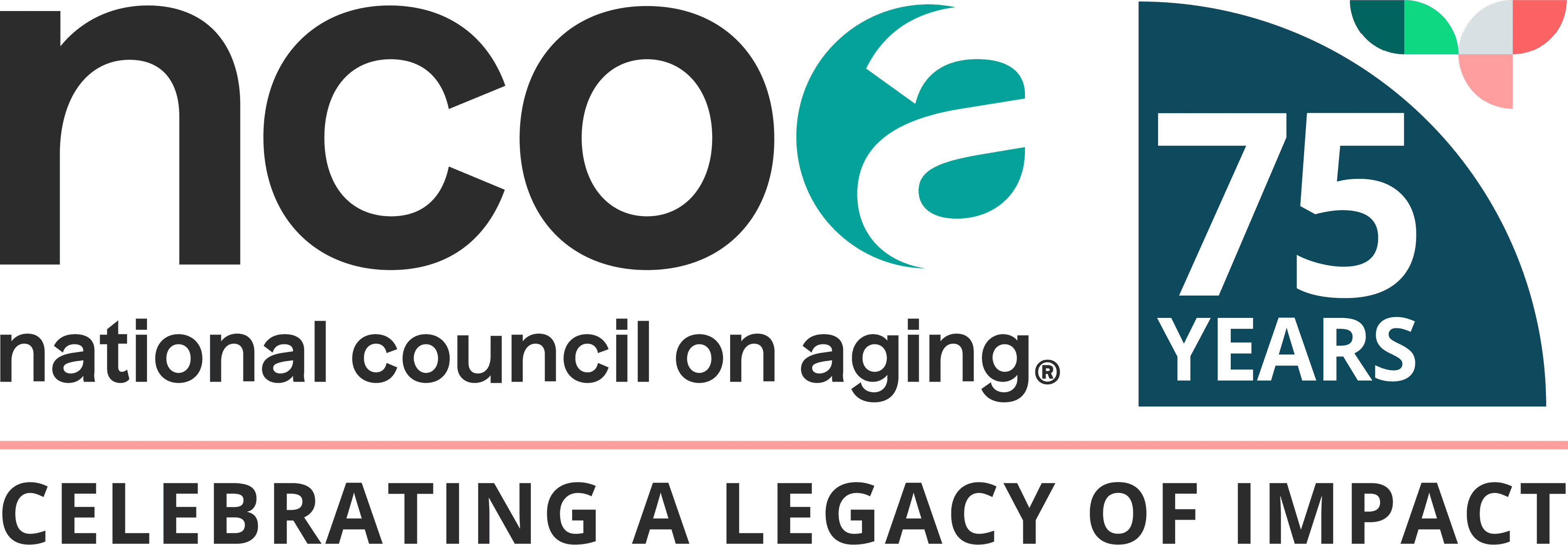401(k) and 403(b) Retirement Plans: A Guide for Older Adults
3 min read

Employer-sponsored retirement plans provide employees with a convenient and tax-advantaged way to save for their future. These plans often come with employer-matching contributions, which can help people grow their retirement savings even faster.
Two of the most common employer-offered retirement plans are the 401(k) and 403(b). A 401(k) plan is typically offered by for-profit companies while a 403(b) plan is similar in structure but offered by non-profits and public schools. Employees contribute a pre-set amount of salary to the offered plan, which earns tax-deferred interest until funds are distributed. These plans are designed to build interest over time, with money being distributed to the participant any time after age 59½.
While 401(k) and 403(b) plans work a bit differently, their purpose is the same: to help you build a secure and sizeable retirement savings account.
What is a 401(k) plan and how does it work?
A 401(k) plan is available to most companies—from large corporations to small businesses. Employers often match employee contributions by a matching percentage or a specific dollar amount. Any amount you contribute from your own paycheck is always vested. When account values are vested, they belong 100% to you and carry forward when or if you leave the company.
Example: If you contribute $6,000 annually and your employer matched 6% ($360), your yearly 401(k) contributions would equal $6,360. Any amounts that are not vested (on the employer’s behalf) remain with you when you leave.
These plans are “qualified,” which means they must abide by the Employee Retirement Income Security Act (ERISA) rules. Employers must provide regular reports to participants about their accounts and cannot discriminate in favor of one employee over another. Employees must be eligible to participate in a plan no later than when they reach age 21 and have one year of service at the company.
Account values must be vested, or owned, according to one of two schedules as required by law:
- They can follow an up to three-year “cliff” approach and be 100% vested after three years (or sooner).
- They can follow a two to six-year “graded” approach (after two years 20% vested for the next five years, then 100% vested).
What is a 403(b) plan and how does it work?
A 403(b) plan is offered by most public schools, religious organizations (such as churches, synagogues, mosques), and tax-exempt 501(c)(3) organizations. They also are known as tax-sheltered annuities (TSAs). Most 403(b) plans do not include employer matching contributions. This means all account contributions come 100% from employee contributions. Plans that do not include employer matching contributions are not subject to some ERISA rules (unlike plans that do include employer matching).
Non-ERISA plan accounts are always 100% vested because contributions are made only by employee contributions. ERISA plans must follow standard ERISA vesting schedules. Health, education and religious (HER) organization 403(b) plans can provide for special catch-up contributions after an employee has worked for the organization for 15 years, but other rules apply. A sub-set of 403(b) plans allows for mutual fund investments rather than using only annuities.
What are the contribution limits for 401(k) and 403(b) plans?
Both plans allow you to contribute up to $23,000 in 2024. If you are over age 50, you can contribute an additional $7,500 in 2024. Contributions are made through a pre-determined amount— your salary is reduced by the amount you want to contribute to the plan. Money in either account will grow on a tax-deferred basis and is not taxed until it is withdrawn.
|
Contribution Type |
401(k)/ 403(b) |
|
|
|
|
|
|
When can I withdraw funds from my plan?
In either plan, you can withdraw funds without penalty after you reach age 55 if you have left your employer. In some cases, money in the plan may be accessed prior to the established age limit due to a hardship. Hardship withdrawals require immediate and heavy financial need and have specific rules that must be followed. You may borrow up to 50% of the account value or $50,000, whichever is less. Although a plan is not required to provide loans or hardship withdrawals, it may be an option.
You may begin withdrawing account balances without penalty based on one of three criteria:
- Reaching age 55 and separating from service
- Reaching age 59½
- Having a disability
Your beneficiaries also may withdraw funds without penalty. Specific rules may apply to any distribution plan, the plan administrator should be consulted for specific details.
What are the required minimum distributions (RMDs)?
You must begin taking funds from your account by age 72 (2020 SECURE Act) unless you continue to work for that employer. The amount of each RMD can be determined using an appropriate chart from the IRS. The first RMD must be taken no later than April 1 of the year following the year in which you reach age 72. Failure to withdraw the required amount results in a tax penalty of 50% on the amount that was not distributed.
Roth option in addition to a 401(k) or 403(b) plan
A Roth option on either type of account allows you to make contributions on an after-tax basis, as there are no tax deductions for contributed amounts. When you withdraw funds later through what is known as a qualified distribution, they will not be taxed.
A qualified distribution has two requirements:
- Funds must be held in the account for at least five years.
- Funds cannot be withdrawn prior to you reaching age 59 ½, whichever is later. Otherwise, the same distribution rules apply for a Roth option as for regular 401(k) or 403(b) plans.
Where can I get retirement planning help?
If you have an employer-sponsored retirement plan like the 401(k) or 403(b), ask your plan provider about educational resources that can help you make informed decisions. With some plans, you even get access to a financial planner.
"Having someone who's knowledgable about financial planning is definitely important," said Kristi Martin Rodriguez, Senior Vice President, Nationwide Retirement Institute. “That’s where a certified financial professional can help you develop a plan that’s tailored to meet your long-term retirement and savings goals.”

